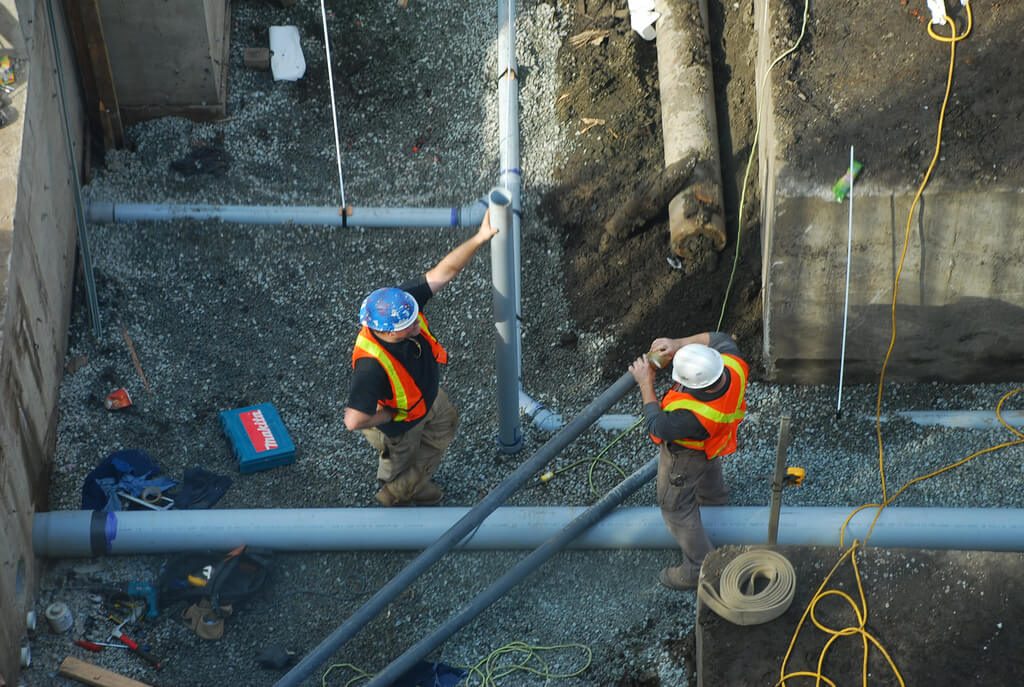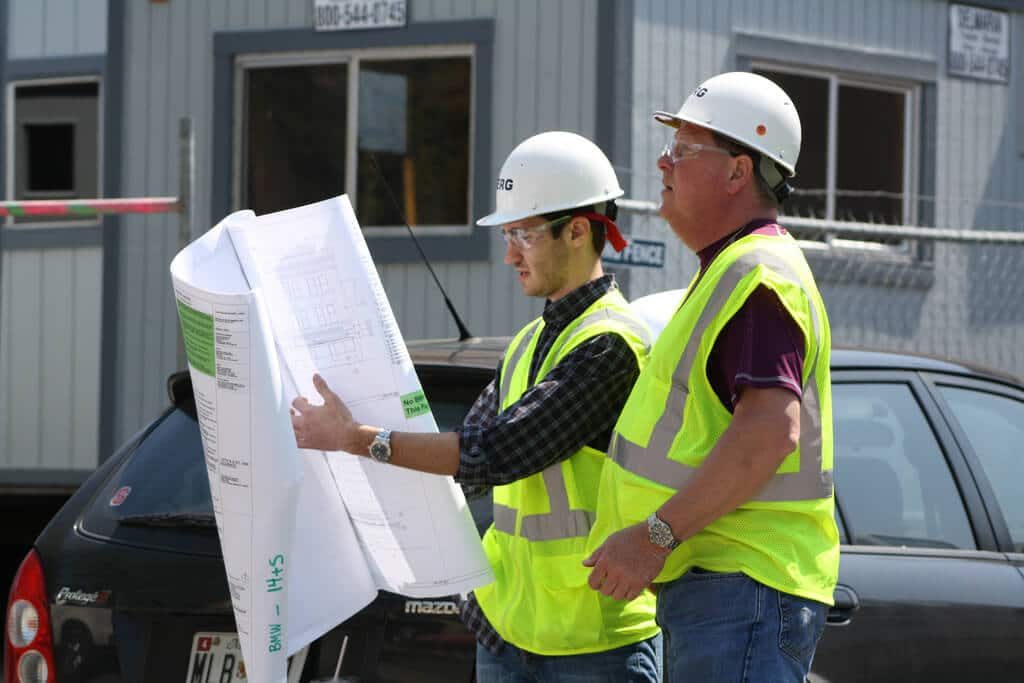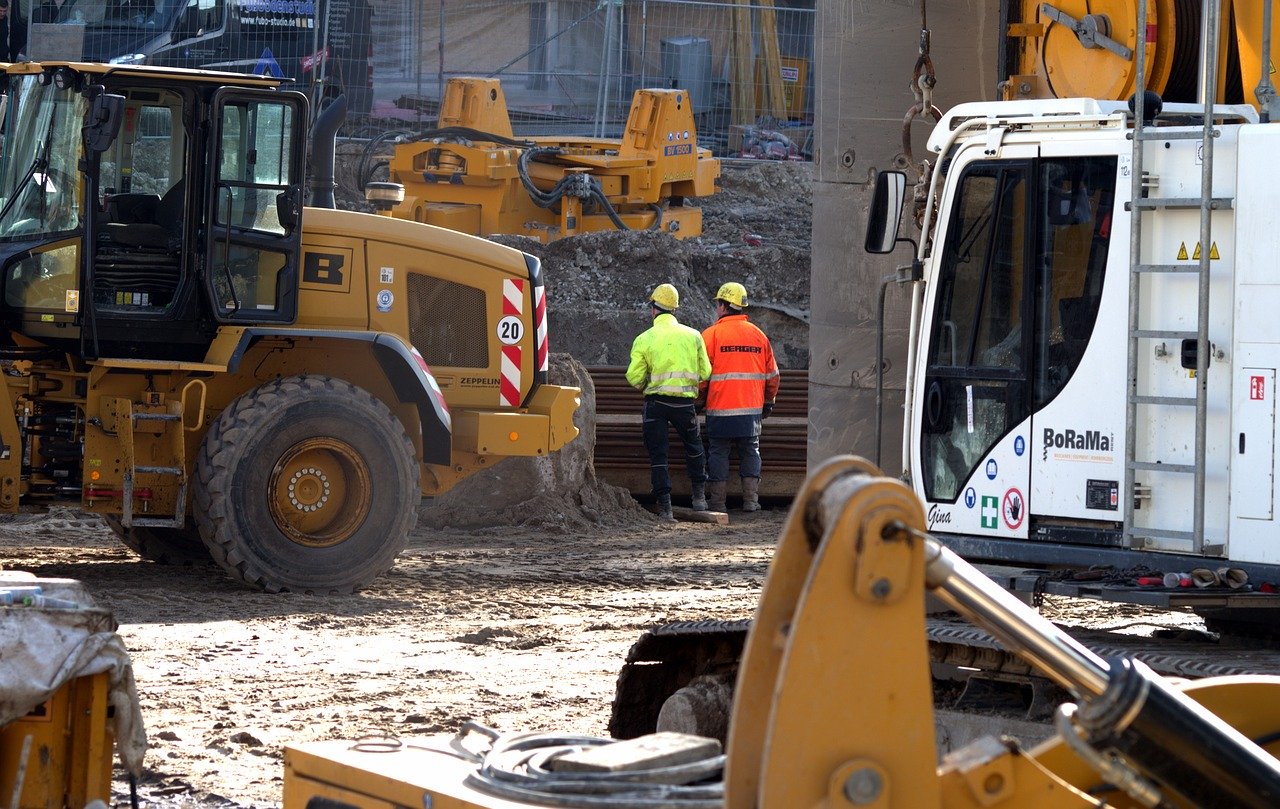In 2016, there were almost a million separate workplace accidents that caused the victims to miss at least one full work day. Such injuries are especially common at construction sites, where bosses often cut corners to boost profit margins and dangerous conditions are everywhere.
Nearly two-thirds of these incidents involve falls, electrocutions, being struck by an object, or getting caught between two moving objects. Other construction site injuries occur over time and sometimes have multiple causes.
Because of New York’s Scaffold Law, these injuries are especially complicated in the Empire State. The Scaffolding Law provides that construction sites are strictly liable for all damages in certain injury situations. So, these victims may be eligible for additional compensation. At the Hoffmann Law Firm, we handle both standard workers’ compensation and Scaffold Law cases.
Thorough Documentation
All negligence claims are based on evidence. Workers’ compensation claims operate a bit differently, since victims do not have to prove that the injury was the company’s fault. However, such evidence does establish the nature of the claim and the seriousness of the injury. These points are important, because insurance companies often bitterly contest these areas.
Find more here: Top 10 tips for successful construction site visits
Necessary documents include the victim’s written injury report as well as any company-prepared incident report. Accurate contact information for witnesses is essential as well, along with all medical records.
Open Communication
A job injury is a very stressful experience. Additional unpaid bills pile up at the exact moment the victim is not working and is in no position to pay them. The insurance company is aware of this fact, so it adds to the stress with constant demands for a quick settlement.

Workers’ compensation attorneys do not only operate between the sidelines. Open and constant communication is important, particularly because many of these cases often involve frustrating delays. Furthermore, the client must give constant feedback as to the ultimate resolution in the case.
Diligent Preparation
Attention to detail is key in workers’ compensation cases, because these claims often turn on what may appear to be superfluous facts. For example, an obscure section in a consulting physician’s report often serves as the basis for upholding that procedure’s medical necessity. Or, a witness who only saw part of the accident provides essential insight into the severity of the incident.
Preparation also means gathering additional evidence, such as witness depositions and additional medical exams.
Fair Resolution
Over 80 percent of workers’ compensation claims settle out of court. Before that happens, an attorney must thoroughly evaluate the case on all its merits, and then give the injured victim solid advice as to whether it’s a good idea to accept the settlement offer.

If the matter proceeds to a contested hearing, which is often the case, our commitment to maximum compensation shines through. The result we obtain is based on all the hard work that we and our clients have put into the case before that moment, and we both get to enjoy the fruits of our labor.
In most workers’ compensation cases, the financial compensation available covers both medical bills and lost wages. Typically, medical bills includes all expenses from emergency care to the last day of physical rehabilitation; in terms of lost wages, the majority of the victims get two-thirds of their average weekly wage for the duration of their disabilities.
Construction Sites and Occupational Diseases
Many victims believe that, because of the temporary nature of most construction site jobs, they cannot file claims for occupational diseases. However, that’s not the case. Some common construction site claims in this area include:
- Hearing Loss: Even a few days at a very loud Manhattan construction side can cause at least a partial hearing loss. Workers’ compensation pays for both corrective hearing aids and any necessary doctor bills or other medical expenses.
- Asbestos Exposure: This fireproofing material is present in many older buildings, so these conditions are common in renovation projects. Furthermore, it may take thirty or forty years for asbestos disease symptoms to appear, so the disease are difficult to diagnose. Just one microscopic fiber that enters through a body opening or is absorbed through the skin is enough to cause mesothelioma, a rare and aggressive form of lung cancer, as well as many other serious illnesses.
- Repetitive Stress: Constant bending, stooping, or kneeling strains knees, ankles, and other joints, eventually causing permanent injury.
Many times, full workers’ compensation benefits are available even if the victim has a pre-existing condition that contributed to the illness or injury.
Some Scaffold Law Basics
Almost every legislative session, some New York lawmakers try to end this law which specifically applies to all workers involved “in the erection, demolition, repairing, [or] altering . . . of a building or structure.”
The statute also holds general contractors liable for the negligence of subcontractors who fail to adequately provide for worker safety during these dangerous endeavors. Moreover, courts have consistently declined to apply the contributory negligence defense. So, general contractors are usually liable for injury as a matter of law.
Read also: There is an $1.6tn opportunity for construction
Labor Law Section 240 does not automatically apply to all construction-related fall injuries. Instead, the victim must prove that the fall occurred because of a safety deficiency. Common shortcomings include:
- LEP Workers: Many construction sites routinely employ individuals with excellent job skills but limited English proficiency. As a result, they may not understand how to operate safety equipment or why it is necessary.
- Communications Problems: Whereas some jobsites only offer safety training in English, some do not offer it at all. Instead, supervisors assume that the workers know how to operate the equipment and why they should use it. These often false assumptions sometimes lead to serious injury.
- Lack of Equipment: To cut costs and boost profit margins, some construction owners simply do not provide the proper devices. Instead, they cross their fingers and hope no one gets hurt or that the victims do not know their rights.
Victim/plaintiffs are eligible for compensation under the Scaffold Law unless they were 100 percent responsible for the workplace accident. 90 percent/10 percent isn’t good enough.
Regardless of the type of construction injury, victims have important legal rights and may be eligible for significant compensation. To protect your rights and get the money you need, contact a lawyer today.
Featured image: 7Line_5700 via Metropolitan Transportation Authority of the State of New York




